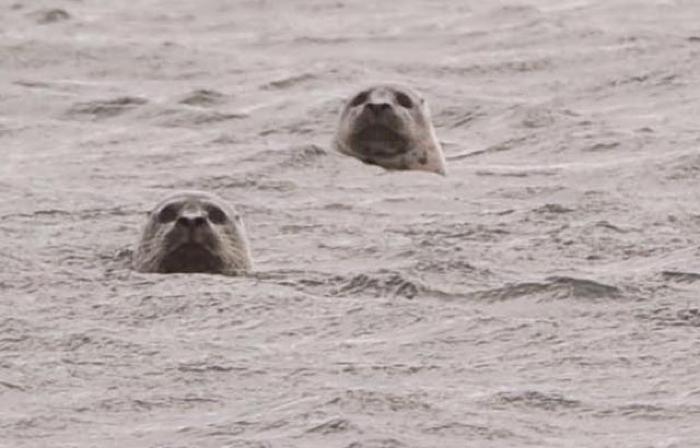Seal — Isuwiq

Kodiak’s sea mammals provided a variety of resources for Alutiiq people. Seals, sea lions, porpoises, and whales produced meat for food, oil for light, hides for boat coverings, and bone and sinew for tools. Harbor seals (Phoca vitulina) were particularly important because they were available year-round and could be hunted in protected waters. Alutiiq people harvested seals both on land and at sea. Hunters wearing wooden helmets carved in the shape of a seal’s head would sneak up to haul-outs and spear sleeping animals. Young seals were particularly easy to catch and desired for their tender meat. Others chased seals by kayak and harpooned swimming animals. It was important to strike a seal after it took a breath of air, so the injured animal would not sink. This remains true for people who hunt seals with guns.
Today, Alutiiq hunters are working with the Alaska Native Harbor Seal Commission, the Alaska Department of Fish and Game, and the National Marine Fisheries Service to study the decline in local seal populations. By sharing tissue samples from their catches, Alutiiq people help scientists learn more about the place of harbor seals in Kodiak’s marine ecosystem and ensure that seals will be plentiful for future generations.
